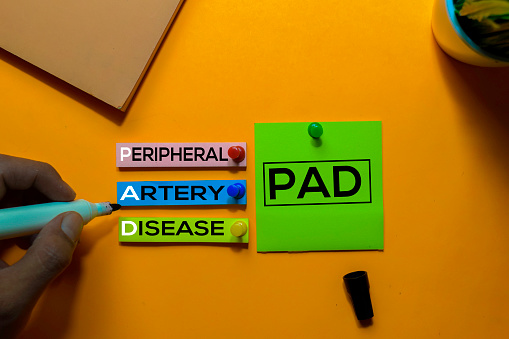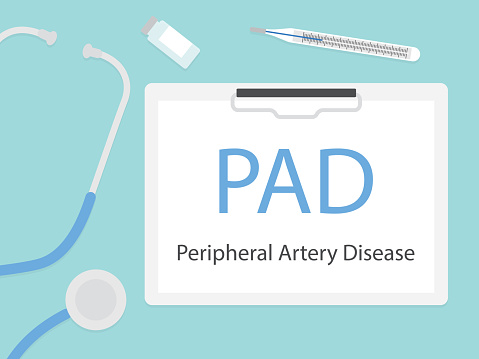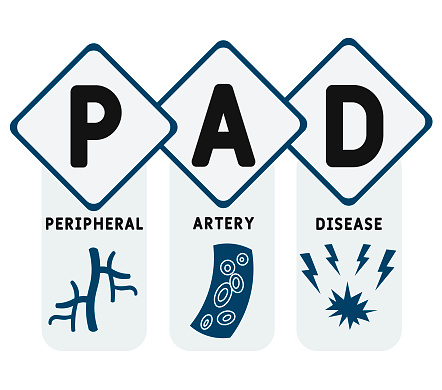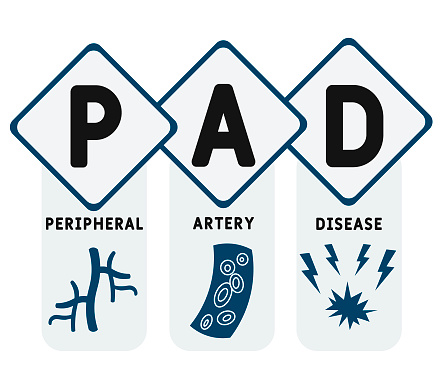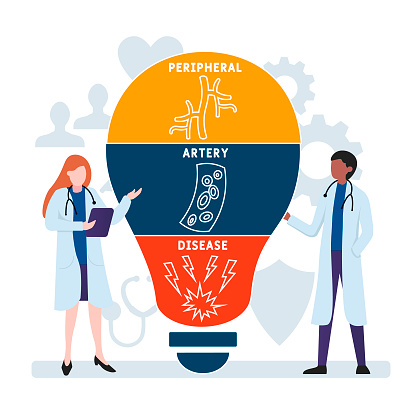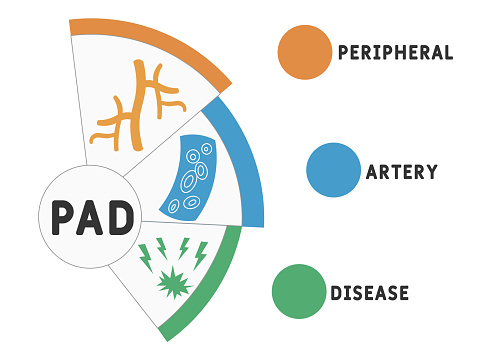Patients with peripheral artery disease (PAD) can benefit from a combination of non-vitamin K antagonist oral anticoagulants (NOACs) and antiplatelet drugs, according to a study published in the journal Vascular.
To conduct this analysis, investigators searched for randomized, controlled trials (RCTs) published in PubMed, Embase, Web of Science, and the Cochrane Library through September 30, 2020. In total, three RCTs consisting of 11,761 participants met the inclusion criteria.
According to the results, compared with antiplatelet drugs alone, NOACs combined with antiplatelet drugs resulted in lower risk of ischemic stroke events (odds ratio, 0.75; 95% confidence interval, 0.57-0.98; P=0.03), while other treatment effects were not worse than those of single antiplatelet drugs (P≥0.05). The study also showed that NOACs combined with antiplatelet drugs attenuated the risk for intracranial hemorrhage and fatal bleeding.
“In summary, for [patients with] PAD, a combination of NOACs plus antiplatelet drugs may offer additional benefit in reducing ischemic stroke outcome, yet it may increase the risk of bleeding,” the researchers concluded.
Link: https://pubmed.ncbi.nlm.nih.gov/33759649/
Keywords: Anticoagulation therapy, antiplatelet therapy, atherosclerosis, peripheral artery disease


